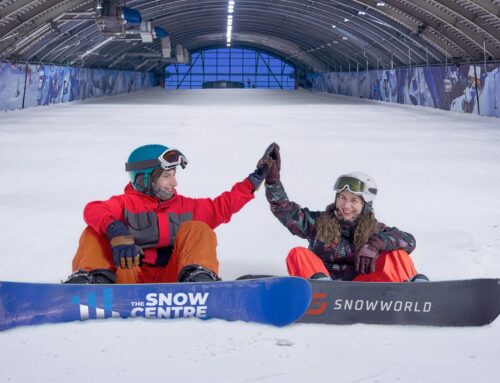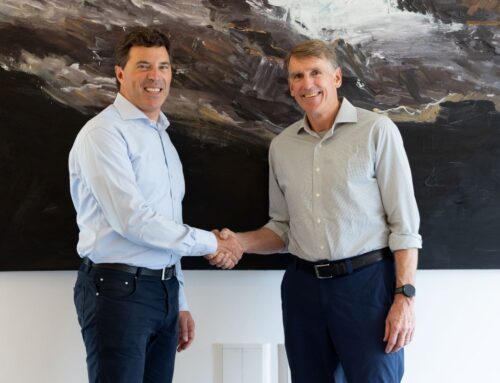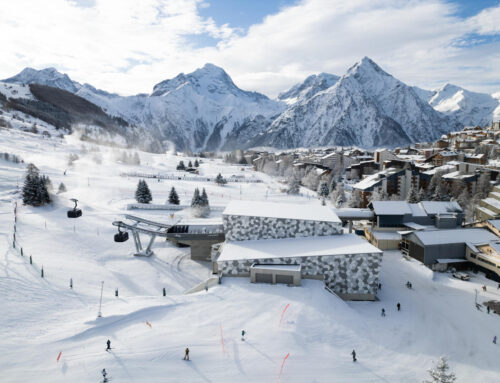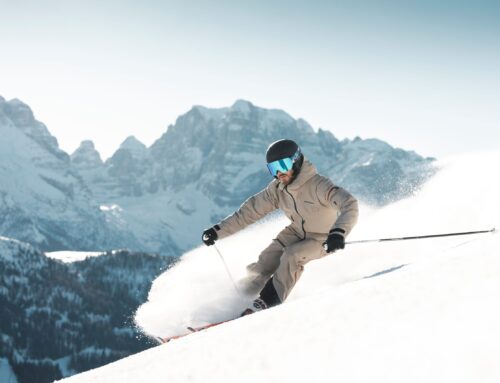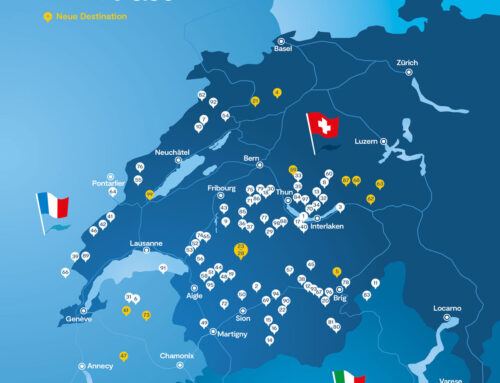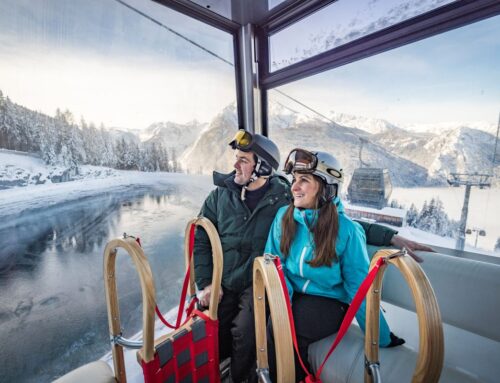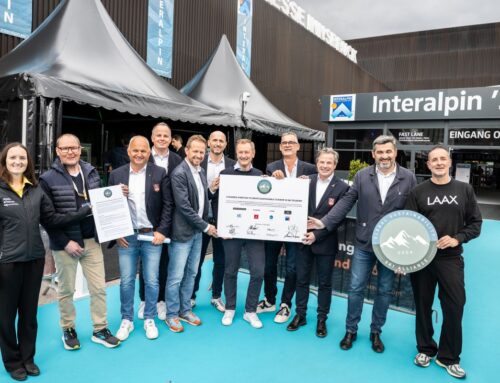
Management & Tourism
Current situation in Europe

SI World: How do you assess the economic situation of the Germanspeaking cable car industry?
Roland Schegg: In my view, the situation varies by region. Some “flagship destinations“ are doing very well. In some cases, local structures are even showing signs of overheating due to the sheer volume.
On the other hand, there are areas that have to work intensively on the market to reach target occupancy rates. Weather plays a central and increasingly unpredictable role in both summer and winter. If extreme weather events, like those in Valais this summer, occur, even large destinations face challenges.
This results in uncertainty and economic risks. For businesses with investment cycles of 20 years or more, this can become financially demanding, especially when investments are planned or required.

To what extent are we already seeing market consolidation in ski areas across Germany, Austria, and Switzerland?
In some cases, a clear transformation is evident. Increasingly, there is a question of whether the capital-intensive ski tourism model can (or should) be maintained in its current form. Smaller and even medium sized areas need to seriously consider how they can remain profitable in the future.
A thorough, strategically sound analysis of the market and existing structures is essential. Snow reliability is another key issue. Here too, the question arises as to which investments remain viable in the long run and what sustainable financing could look like.
Ultimately, sustainable free cash flow is needed to pay off debts – over a period that often extends beyond 20 years. Assessing this is challenging.

What challenges do small and medium-sized cable car operators face? What about the larger ones?
Smaller and medium-sized areas operate with lower volumes simply due to their size. A clear focus is essential, which can lead to good margins. However, this requires using available resources very carefully. Strict differentiation and targeted priorities are necessary, particularly in deciding what to forgo.
Those who try to keep up with the comprehensive offerings of larger areas can quickly find themselves in financial trouble. Large areas benefit from volume advantages, but even here, services and investments must be carefully evaluated.
After all, volume must be sustained in the market over time, and volume does not automatically translate into margin for a business or region.

How have business models changed since your 2018 study, and what lies ahead?
I see mixed developments. Some areas have changed, while others continue on the same path. The summer business has certainly gained importance. Various offerings, such as trail running, are now being used to better utilize existing infrastructure year-round.
Targeting the right customer segments is key. Depending on the strategy, different areas are taking different approaches. Looking ahead, it will be even more crucial to determine what drives margins and value creation for a given region.

Has the industry-wide digitalization standard predicted in 2018 been established?
The development has certainly progressed, but the path forward remains goal-oriented. I doubt that highly integrated (and digital) business models, like those in North America, are the right approach for the German-speaking Alps.
In my view, the focus should be on a federated integration, meaning that individual service providers remain independent and agile. At the same time, a region should present itself as a unified entity in the market – also digitally.
True federalism means that only those tasks that cannot be handled effectively by individual players are tackled collectively. This federated approach combines the advantages of both large and small-scale structures.
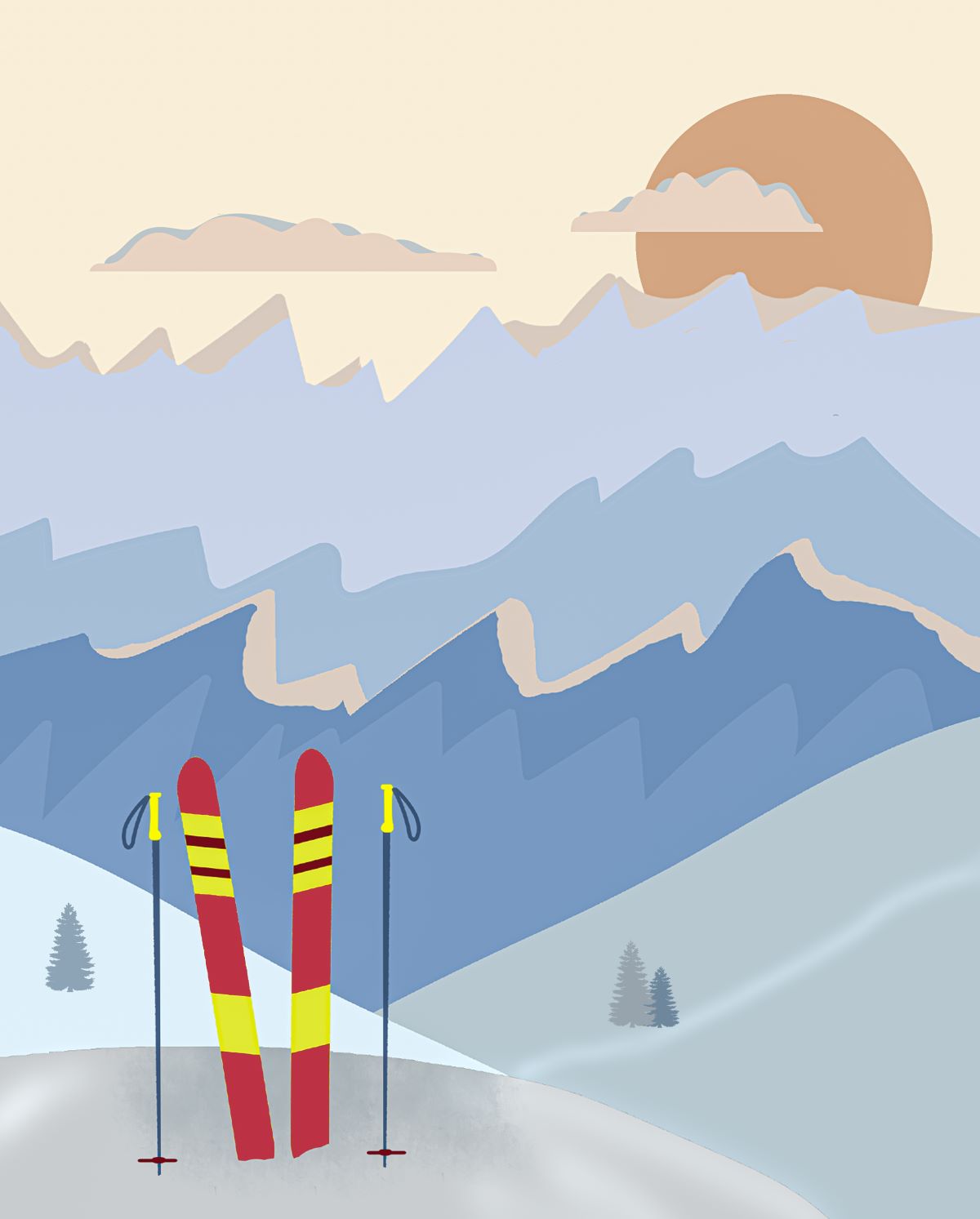
Where does the industry stand?
That depends on who you ask, says Roland Schegg from PwC.

Customer focus over cable car technology: Has this shift in mindset taken place?
I‘m not sure whether this shift has truly occurred. I still see investment projects that I don’t fully understand – but I don’t need to. What is clear is that banks have become much more critical when financing projects. As a result, loan applications now require much more solid economic justification.
This makes the process more demanding for applicants but is a positive development overall. A financial “stress test“ using comprehensive financial simulations (potentially in different scenarios) can greatly support this process.

What role does an integrated service offering play in the cable car industry today?
This refers to offering specific guest segments a tailored vacation package. I am convinced that this is a key lever for effective market engagement. Significant progress has been made in areas such as skiing, snowshoeing, winter and mountain hiking, long-distance hiking, biking, and most recently, trail running.

To what extent are mediumsized cable car operators shifting toward a reduced core offering?
I don’t think these approaches necessarily conflict. It’s more about intentional market differentiation – essentially, defining what a region stands for in winter and summer. Depending on the size, it makes sense (and is necessary) to tailor the offering based on available resources and target groups.

How important are partnerships in the cable car industry? How can they be successful?
Partnerships reflect the federalist principle. In international market positioning, it‘s important to consider who can help create a stronger presence. Additionally, collaborations can be beneficial in digital solutions, IT, infrastructure, or procurement processes. However, partnerships only work if there is mutual trust and understanding among participants. Minimizing interface losses is particularly important.

What challenges and opportunities does the alpine tourism and industry face?
Overall, increasing uncertainty and declining stability are expected. Over the long term, financial risks will rise, especially for long-term investments. This means businesses must think tactically within flexible scenarios. Weather and climate dependence is just one factor.
Strategically, targeted differentiation is crucial to effectively reach the right market. To mitigate fluctuations in different segments, offerings and target groups should not be too narrowly focused.
Investments must be strictly limited to a scale that makes operational sense, as financing must often be repaid over long periods. Digitalization helps reach markets, but the core product will remain “analog.“
Mergers and ski area connections could help achieve critical scale. However, the key question is determining the optimal size for sustainable management. In mergers, it is crucial that cooperation remains balanced, even between differently sized partners. The interplay between “large“ and “small“ can be interesting – guests often seek coziness in smaller settings but prefer a comprehensive experience in larger ones.

How do you assess the entry of North American resorts into the European market?
This indicates that the European market is attractive and has a future. Established competitors are now forced to adapt to changing market conditions. This could accelerate ongoing transformation processes.
However, the key question is whether Anglo-American business models – whether in management, regional engagement, or market approach – will actually work in the German-speaking Alpine region.
Interview: Thomas Surrer
